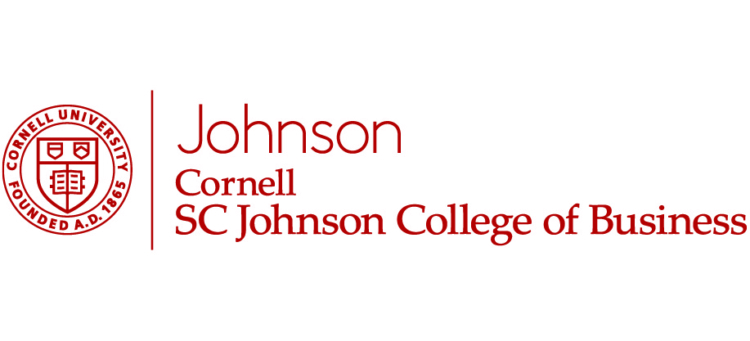| 2014 Rank & School | Index | 2013 Rank | 2012 Rank | BW | U.S. | FT | Economist |
|---|---|---|---|---|---|---|---|
| 26. National Univ. of Singapore | 70.4 | NR | NR | NR | NR | 17 | 43 |
| 27. Georgetown (McDonough) | 66.7 | 33 | 31 | 18 | NR | 31 | 27 |
| 28. Arizona State (Carey) | 65.2 | 28 | 25 | 40 | NR | 28 | 42 |
| 29. Rice | 64.6 | 22 | 22 | NR | NR | 39 | 33 |
| 30. EMLYON | 64.6 | NR | NR | NR | NR | 84 | 52 |
| 31. Toronto (Rotman) | 62.5 | NR | NR | 41 | NR | 36 | 50 |
| 32. Cranfield | 61.9 | NR | NR | NR | NR | 59 | 20 |
| 33. Strathclyde | 58.3 | NR | NR | NR | NR | 58 | 28 |
| 34. UC-Irvine | 57.0 | 20 | NR | 36 | NR | 57 | NR |
| 34. ESADE | 57.0 | NR | NR | 20 | NR | NR | 32 |
| 36. Vanderbilt (Owen) | 56.9 | 21 | 20 | 35 | NR | 67 | 44 |
| 37. Boston University | 56.5 | 29 | 36 | 30 | NR | 81 | 36 |
| 38. Rutgers University | 52.9 | 31 | 28 | 26 | NR | 72 | NR |
| 39. Fordham | 48.4 | 41 | 42 | 42 | NR | 66 | NR |
| 39. Miami | 48.4 | NR | NR | NR | NR | 72 | 38 |
| 41. Pittsburg (Katz) | 47.5 | 42 | 37 | NR | NR | 57 | 53 |
| 42. University of Washington | 46.6 | NR | NR | 37 | NR | 75 | NR |
| 43. Rochester (Simon) | 45.7 | 47 | 53 | 39 | NR | 96 | 48 |
| 43. University of Georgia (Terry) | 45.7 | 43 | 38 | NR | NR | 93 | 22 |
| 43. Temple University (Fox) | 45.7 | 44 | 40 | NR | NR | 75 | 39 |
| 46. Minnesota (Carlson) | 44.8 | 39 | NR | 24 | NR | 97 | NR |
| 47. TiasNimbas | 44.8 | NR | NR | NR | NR | 93 | 61 |
| 48. Texas-Dallas | 40.8 | NR | NR | 38 | NR | 87 | NR |
| 49. University College Dublin | 35.0 | NR | NR | NR | NR | 81 | 57 |
Source: Poets&QuantsforExecs composite ranking for 2014
Notes: The P&Q ranking equally weights the latest rankings by the Financial Times (2013), U.S. News & World Report (2014), BusinessWeek (2013), and The Economist (2013). Three of these four rankings are global, mixing U.S. and non-U.S. schools. Only the U.S. News’ ranking is based solely on U.S. programs. Only EMBA programs that won recognition from at least two of the four ranking systems are included in our ranking. That eliminates programs that are more likely to get on a single list as a result of an anomaly or of flawed methodology, though in a minority of cases some schools can choose not to participate in a ranking. NR — Not rated.
Methodology: The guidelines different organizations use to compile their rankings can affect which schools and programs get on their lists. The Financial Times, for example, will not include any program that has fewer than five graduating classes. That seems like a smart rule because a program that has been in existence for less than five years shouldn’t be ranked as one of the best in the world.
BusinessWeek, meanwhile, excludes all partnership programs on the basis that comparing a one-school program with another that has multiple partners is like comparing apples and oranges. While that keeps some very good programs, such as NYU/London School of Economics/HEC Paris’ TRIUM program off their list, the biggest concern over such partnerships is quality control.
Such guidelines obviously put both newer and partnership programs at a disadvantage not only in those rankings, but in this composite ranking as well. For that reason, we have published a separate ranking for joint EMBA programs.





Questions about this article? Email us or leave a comment below.